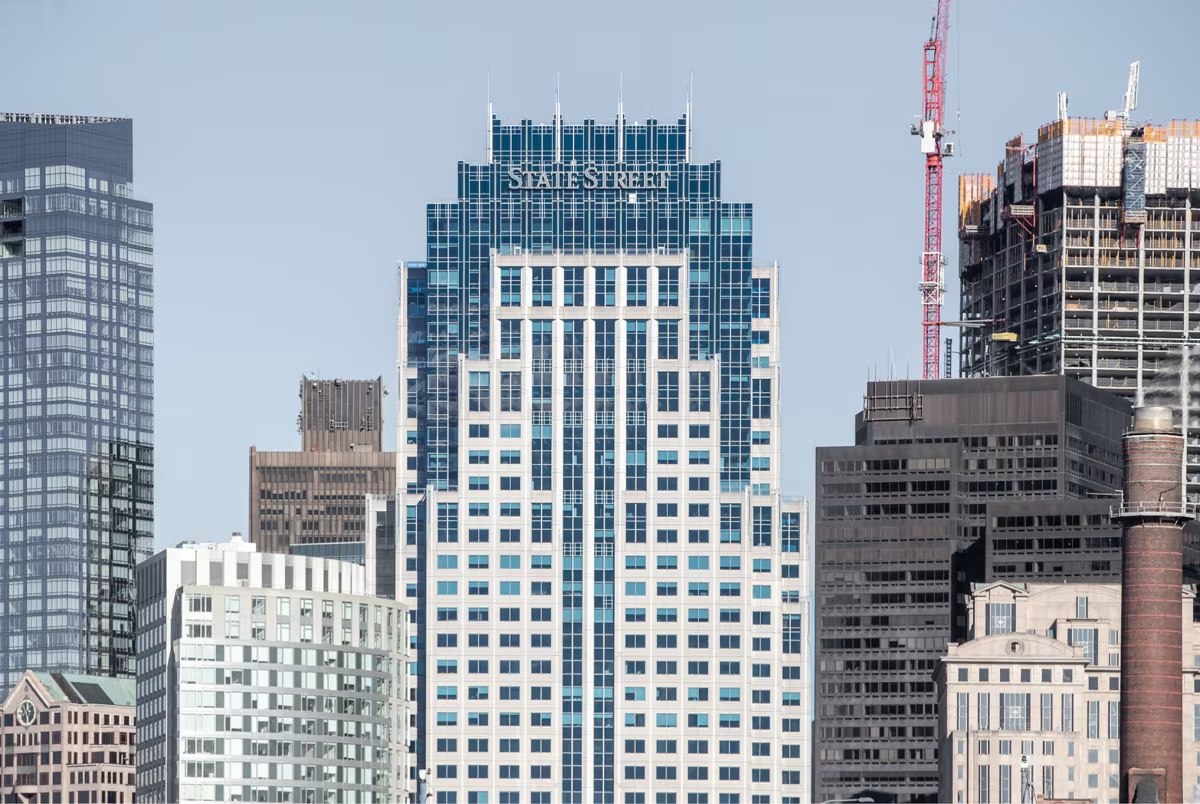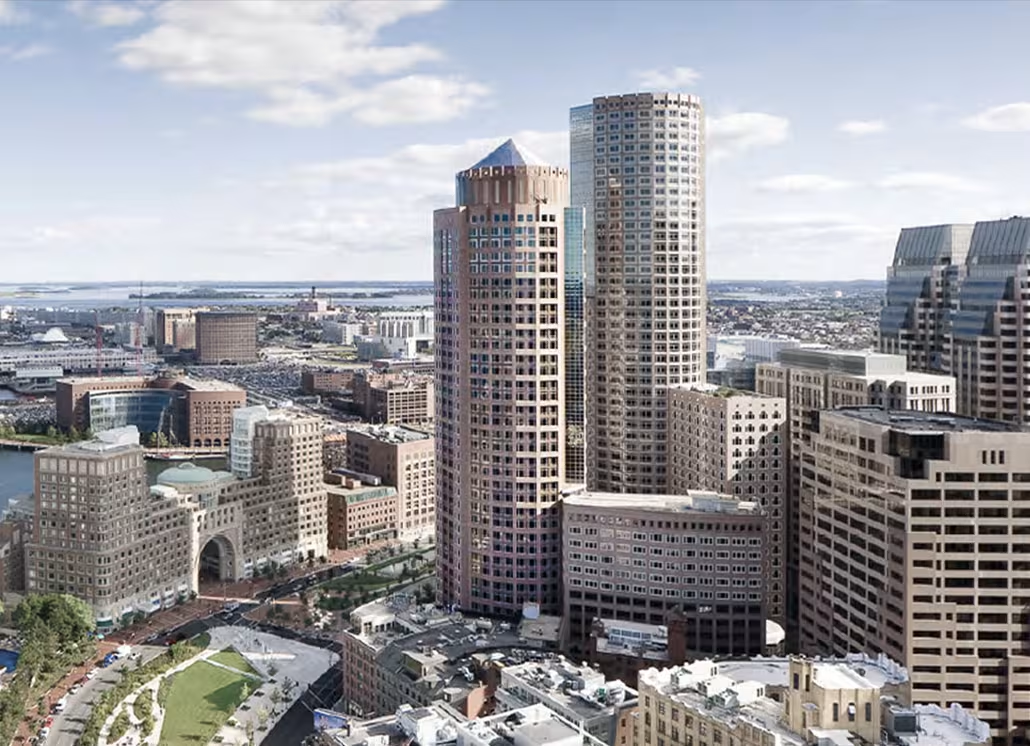One Lincoln Street Building vs Two International Place Building


Comparing the One Lincoln Street Building and the Two International Place Building is interesting because they both rise in Boston, MA, yet they were conceived by two different design teams, TRO Jung Brannen and Johnson/Burgee Architects, and were completed at different points in time. They were finished more than a decade apart.
This contrast within the same city allows us to see how different creative minds interpreted the evolving needs of Boston across time.
Let's take a closer look!
Height & Size
These two towers present an interesting contrast in their proportions. The Two International Place Building rises higher at 538ft (164m), while the One Lincoln Street Building reaches 463ft (141m). However, the One Lincoln Street Building accommodates more floors with 36 levels above ground, compared to 35 floors in the Two International Place Building.
This suggests different approaches to interior space design. The Two International Place Building has an average floor-to-floor height of approximately 4.7m, while the One Lincoln Street Building has more compact floors averaging around 3.9m each. The taller building's more generous floor heights might indicate grander interior spaces, higher ceilings, or different programmatic requirements.
These different proportions likely reflect the specific needs each building was designed to serve, whether driven by zoning regulations, client requirements, or the intended use of the spaces within. The contrast shows how architects can achieve different spatial experiences even when working with similar overall building scales.
Architectural Style
Both the One Lincoln Street Building and the Two International Place Building were designed in line with the aesthetic conventions of the Postmodernism style.
Both buildings were completed when the Postmodernism style was already past its peak. This makes them feel like late echoes of the movement, more reflective of continuity or nostalgia than of cutting-edge design at the time.
Uses
Both the One Lincoln Street Building and the Two International Place Building were designed to serve as commercial towers, and that has remained their main use since their completion, serving similar roles in the urban fabric.
The One Lincoln Street Building also provides 900 parking spaces.
Structure & Facade
Both towers share the same structural solution, a Framed Tube In Tube system.
A tube-in-tube system combines a reinforced central core with a perimeter of columns connected by floor slabs. This arrangement creates a stiff structure that resists both vertical and lateral forces efficiently.
However, when it comes to the facade, both buildings use different approaches. The One Lincoln Street Building uses a Curtain Wall facade, while the Two International Place Building uses a Modular facade.
A Curtain Wall facade like the one seen in the One Lincoln Street Building uses a lightweight glass curtain wall hung from the structure, while a modular facade like the one seen in the Two International Place Building employs prefabricated panels, often mixing solid surfaces with smaller windows.
| One Lincoln Street Building | Two International Place Building | |
|---|---|---|
| TRO Jung Brannen | Architect | Johnson/Burgee Architects |
| 2000 | Construction Started | 1987 |
| 2003 | Year Completed | 1992 |
| Postmodernism | Architectural Style | Postmodernism |
| Commercial | Current Use | Commercial |
| 36 | Floors Above Ground | 35 |
| 141 m | Height (m) | 164 m |
| 6 | Number of Elevators | 38 |
| Framed Tube In Tube | Structure Type | Framed Tube In Tube |
| Steel | Vertical Structure Material | Steel |
| Concrete | Horizontal Structure Material | Reinforced Concrete |
| Yes | Facade Structural? | Yes |
| Skanska | Main Contractor | Turner Construction |
| American Financial Realty Trust | Developer | The Chiofaro Company |
| Weidlinger Associates | Structural Engineer | McNamara/Salvia, Inc. |
| MA | State | MA |
| Boston | City | Boston |
| 1 Lincoln Street | Address | 2 International Place |